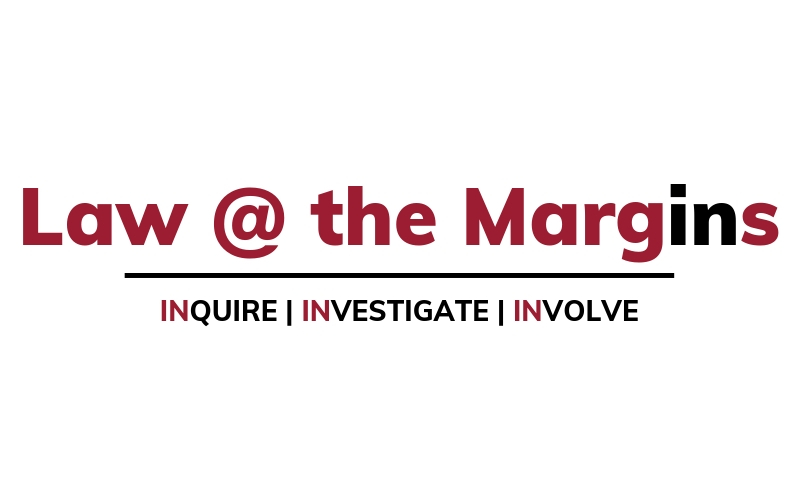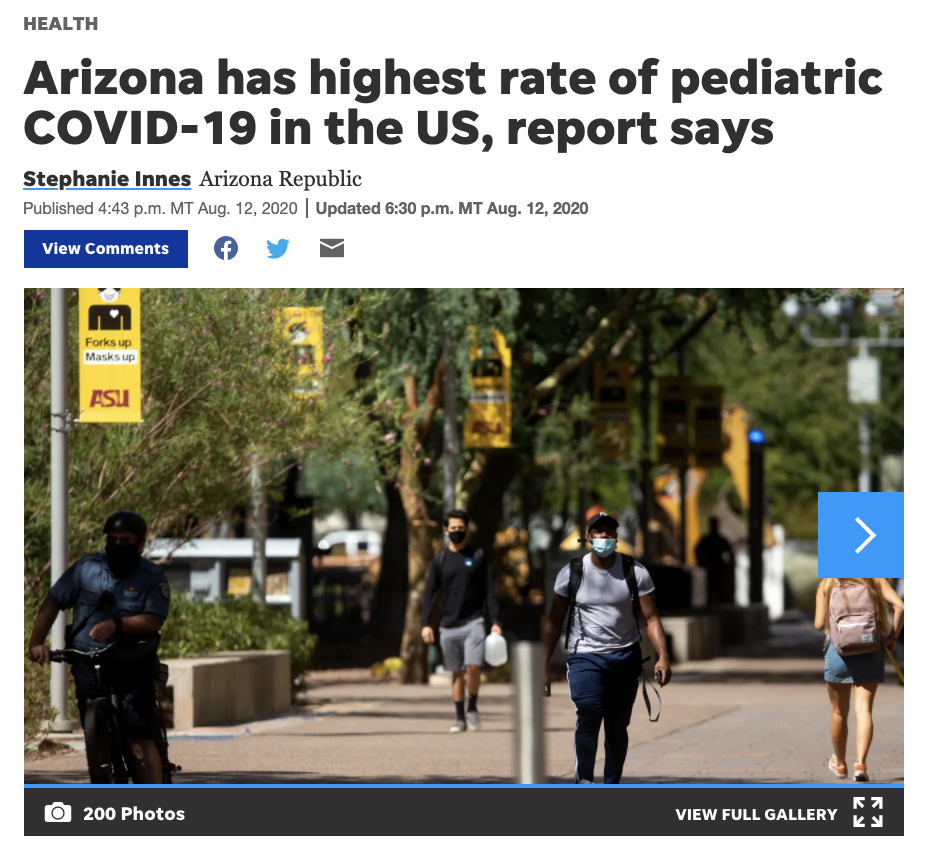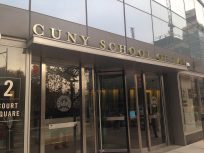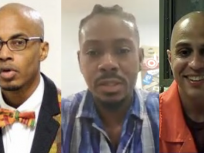
Of the five million confirmed cases of COVID-19 in the United States, almost 1 in 11 have been confirmed in children. Arizona has the fifth-highest cumulative number of cases in children.
Summer 2020 has been tormenting for those of us in the Desert Southwest. This July was the hottest month on record for Arizona. Normally, those living in the Sonoran Desert are used to the frustrations and discomforts the morning and afternoon heat bears down on us; the monsoon rains which usually arrive in July and stick around until September make the heat tolerable. By the end of summer, we would ordinarily already be feeling the wet, cooling relief of the Sonoran Desert monsoons. This year, there has been no relief for us. Not from the heat, nor from COVID-19.
In July, Arizona became a hotspot for COVID-19 transmission, following many other states. After two months of weak, ineffective state-wide shut downs, Republican Arizona Governor Doug Ducey reopened the state just in time for Mother’s Day, relaxing many earlier guidelines. The second week of August marked the start of the new school year. Gov. Ducey signed an executive order requiring all schools to begin the 2020-2021 academic year online, until at least August 17th when some schools may determine, on a case-by-case basis, if their community meets State-recommended benchmarks for safe return to traditional classes.
Arizona Sees Population Boom, but Falls Short in Equity
Arizona’s classrooms have been growing in size as more Americans and immigrant families choose to settle down in a state with low costs of living, low tax burden, and pleasant climate (almost) year round. A border state found in the middle of Indian Country, Arizona has both one of the largest foreign born populations and one of the largest Native American and Indigenous populations in the country. Maricopa (Phoenix, Mesa, Scottsdale, etc.) and Pima (Tucson) Counties are the most densely populated regions of the state, home to most of Arizona’s 7.3 million residents and have, as a result, experienced some of the greatest transmission rates of COVID-19 in the state and the country throughout much of July.
Across the state, more than 1 in 4 public schools is a charter school in a Local Education Agency (LEA) far surpassing the national average. Austerity during the Bush Era and post-2008 Tea Party leadership in the State legislature has led to redirection of funds for public education towards school choice programs. As a result, many Arizona educators have grown accustomed to purchasing classroom materials for their students; now, they must also use their personal resources for classroom sanitation supplies like personal protective equipment (PPE) and antibacterial cleaning products. Furthermore, Arizona consistently has the highest rural poverty rate in the US. Arizona families living on reservations or on ranch land may live without running water, indoor plumbing, or easy access to healthcare facilities. Despite implementing one of the strictest stay-at-home orders, the Navajo Nation in the northeast of the State underwent months of community spread which took the lives of hundreds of people – including 104 people in one weekend alone. Returning to in-person instruction in parts of the state which cannot manage basic sanitation or in communities which have limited access to healthcare services will cost many more Arizonans their lives — including the teachers serving these communities.
Health Dept. Benchmarks Provide Some Guidance for Return to In-Person Instruction
The American Academy of Pediatrics recently wrote: “The coronavirus spreads more quickly and effectively in crowded areas with poor ventilation with heavy breathing and shouting.” School buildings in Arizona, particularly non-charter public schools, do not all have the capacity or technology to maintain proper and thorough ventilation – let alone keep teachers and kids cool during the brutally hot school day. Of the five million confirmed cases of COVID-19 in the United States, almost 1 in 11 have been confirmed in children. Arizona has the fifth-highest cumulative number of cases in children.
In light of the ever-changing data, the Arizona Department of Health Services provided recommendations and benchmarks for the Arizona Department of Education to provide school districts when considering returning to traditional in-personal classes. While not rigorous standards, the language is clear: the consideration of such standards is scrutiny enough for schools to open their doors.
Aside from safety standards, another major factor influencing return to in-person instruction is access to relief funding. The CARES Act passed by Congress in spring included large amounts of funding to support charter and private schools impacted by COVID-19. Arizona is set to receive $277 million in Education Stabilization Funds, 90% of which must be used to support LEAs. Two such funds, the Elementary and Secondary School Emergency Relief (ESSER) and Governor’s Emergency Education Relief (GEER), dedicate this money to promote “equitable environments” for children attending charter schools by covering relief, prevention, and recovery efforts, supporting online and distance learning, and improving broadband access for students and staff in significantly impacted LEAs. Receipt of funds, particularly GEER funds, are contingent upon return to in-person instruction, a worrying prospect for many educators. Public schools, on the other hand, have been relying on state budgets to get through this next school year. With no additional support, preexisting health disparities between public, private, and charter school communities will undoubtedly grow in magnitude over the course of this academic year.
Arizona Teachers Are Anxious About Return to Traditional In-Person Instruction
As COVID19 continues to spread, families and teachers struggle to navigate the mixed messages from the news media and state officials regarding return to in-person classes and safety. In a brief interview, I spoke with Ms. A, a 77 year-old private school teacher in central Tucson. She expressed her worry that gaps in perceived vulnerability could be fatal for her at her job. The private school where she teaches is one of dozens across the city which received CARES Act funding, furnishing her classroom with new technology, including state-of-the-art video cameras and microphones.
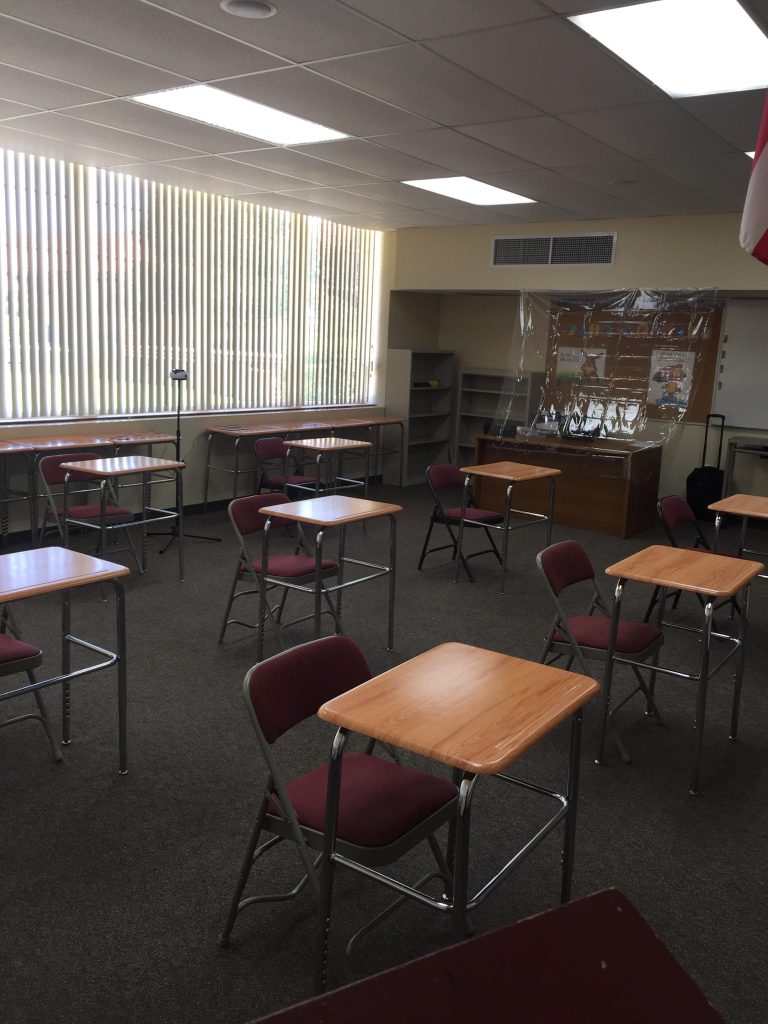
At a teachers in-training on their new classroom technology in July, of about 100 faculty members, only a dozen elected to do the in-training virtually, most of whom were older adults. Ms. A worries about her age and pre-existing conditions: diabetes, heart disease, “For older teachers, this is extremely dangerous. If I happen to get it, I’m gone.” Young teachers and students alike might not take all the community safety precautions necessary due to self-perceptions of invincibility and an inundation of information from different media sources. Now, we live in an age where whichever opinion we align with most is the reality we choose to believe — however deleterious to the public’s health.
Fall is here. As quickly as schools are returning to in-person instruction, they are closing. Andy Tolson Elementary School in TUSD reported two confirmed cases of COVID-19 on August 19th in staff members. Despite staff feeling symptoms the week before classes and receiving positive test results on Monday, the school closure was not formally announced until the following Wednesday. Schools are choosing to delay closures when a positive case of COVID-19 is confirmed, further risking the health and wellness of their faculty and staff.
Dignity in Pandemic and Beyond
While some argue that teachers should buck up and come to terms with their reality as essential workers, Rebecca Garelli, a science teacher and AZ Red for Ed lead organizer, rejects this argument. In a piece by the Intercept, Garelli stated: “No other essential worker has to spend 7 hours a day in a small room with poor ventilation with 30 other kids,” she said. “There’s just no comparison.” Further, Garelli questions the status of upcoming standardized testing, explaining that: “Standardized testing alone costs millions of dollars, and we need that money for PPE, ventilation, and sanitation.” Healthcare providers assume some risk to health while working in their field, but, neither nurses nor teachers should be expected to bear the burden of reducing the risk of viral transmission during a pandemic.
Combatting this pandemic requires dramatic, immediate action including nation-wide closures, mask mandates, and free and rapid testing as well as treatment for every person in this country. Vulnerable teachers spending valuable class time wiping down every surface at the start and end of class is effective risk reduction for a small group of individuals, but will do little to end this pandemic and get us back to health. Shifting the burden of disease prevention and mitigation from state and federal governments to teachers will maintain anxiety, even terror, among teachers and their students.
Worker’s rights, dignity, especially now, must be at the forefront of discussion for COVID-19 prevention and relief. In August, a group of 109 educators in one Maricopa County school district staged a “sick out”, effectively cancelling district plans of reopening until the district could present a plan deemed safest by families and teachers. So long as teachers perceive their lives to be at risk, impeding their ability to educate and support their students, we can expect more actions like this in the future.
Updates on actions: https://www.azfamily.com/news/arizona_schools/cactus-shadows-high-school-teachers-call-in-sick-over-covid-19-concerns/article_2bddf6a0-f0b9-11ea-a402-4f4cb49b578f.html
